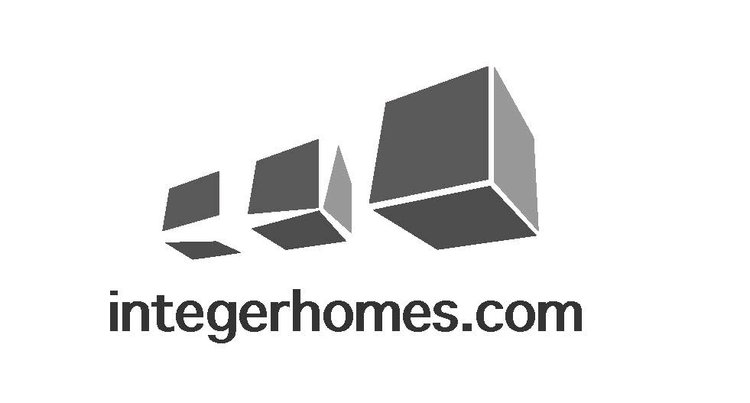Not often will you hear gushing praise on this site. Jayman calls it a Quantum leap in building performance, and I’d agree. This is a comment from the company
We have redefined the science of home building, combining healthier, smarter and more energy efficient homes than any other on the market. Jayman prides itself in our award winning designs and professional customer experience. We are leading by example in Canada. Through the science of home building we are at the goal of net zero by 2050, today. Now that’s a Quantum Leap
Home building certainly has some dinosaur-like elements in the way things are done, often this is because it has always been that way, and the industry resists change like a plague. Sure, I may be a cynic on some of these green performance prototypes you see in Dwell magazine. A 10,000 sq ft mansion in some estate area, with a huge budget is accompanied by a fleet of solar panels and a Tesla, and suddenly it is green. We forget the embodied energy and resources that created those products. You’d need a dozen planets to create a world where everyone can live in that manner. The Jayman net zero project distinguishes itself in a few ways, first, it is at least attainable, bordering on affordable for many. Second, it fits among the standard sized lots that are common in new communities, and third, it can be scaled, unlike a euro-spec passive home that overlooks a beach in Malibu with a construction budget of $1500/sq ft.
Can Jayman drag the rest of the industry along with it to meet some stretch goal net zero standard to be imposed on the entire industry in a few years? Or will we all pack up our tools and just buy a Jayman built house? I guess if Jayman comes to the inner city the rest of us can seek out other work. The ruthless efficiency and cost control that goes into a production built home is beyond what fits into the infill communities. Still, many lessons can be learned from this net zero, grid connected, electrified, non gas show home.
Air source heat pump and water tank, solar setup, it is all here to be toured at the Jayman show home in Seton.






















